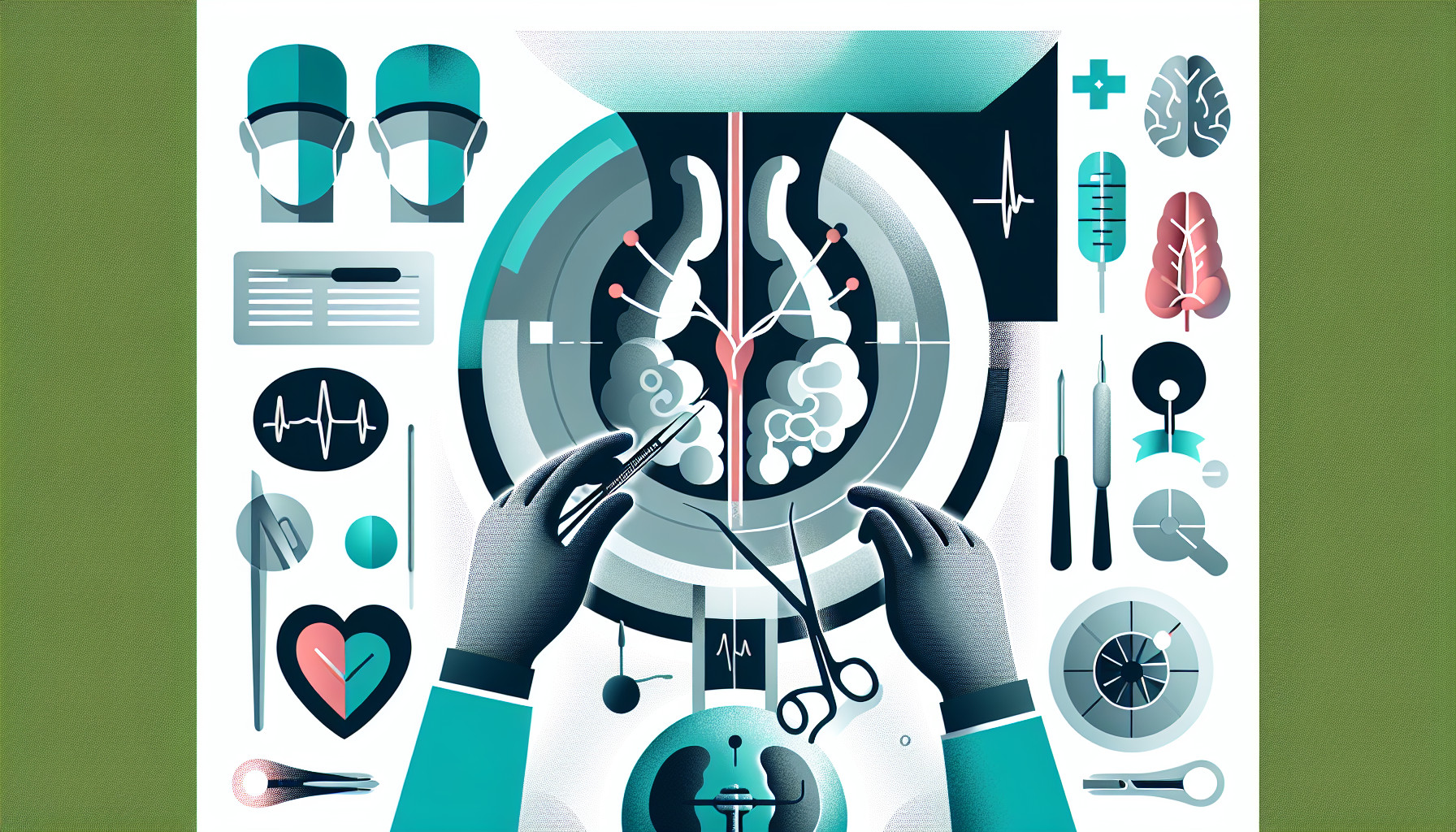Our Summary
This research paper discusses the topic of infections following the implantation of a penile prosthesis, which is a device implanted into the penis to assist men with erectile dysfunction. While these infections are not common, they can have serious consequences.
Historically, the primary way to handle such infections was to remove the device completely. While this method is effective in treating the infection, it results in a shorter penis, which can cause significant distress to the patient.
In the last part of a three-part series on this topic, the authors explore new methods and ideas for managing these infections which give surgeons the opportunity to keep the device in place in certain patients. This is a significant development as it offers an alternative to device removal, which can improve patient satisfaction and outcomes.
FAQs
- What is penile prosthesis infection and how frequent is it?
- What was the traditional method of managing device infection in penile implant surgery?
- What new methods are emerging for managing penile prosthesis infection that allow preservation of the implant?
Doctor’s Tip
One helpful tip a doctor might tell a patient about penile implant surgery is to closely follow post-operative care instructions to reduce the risk of infection. This may include keeping the surgical area clean, taking prescribed antibiotics as directed, and avoiding activities that may put strain on the surgical site. If any signs of infection, such as redness, swelling, or discharge, occur, it is important to contact your healthcare provider immediately for proper treatment.
Suitable For
Patients who are typically recommended for penile implant surgery are those who have erectile dysfunction that is not responsive to other treatments such as oral medications, injections, or vacuum devices. These patients may have conditions such as diabetes, hypertension, or prostate cancer that have led to their erectile dysfunction. Additionally, patients with Peyronie’s disease, a condition causing curvature of the penis, may also be candidates for penile implant surgery. It is important to note that penile implant surgery is typically considered a last resort option for patients who have not had success with other treatments.
Timeline
Before penile implant surgery:
- Patient consults with a urologist to discuss erectile dysfunction and potential treatment options.
- Patient undergoes pre-operative testing and evaluation to determine if they are a candidate for penile implant surgery.
- Patient and surgeon discuss the risks and benefits of the procedure, as well as the different types of penile implants available.
- Patient schedules surgery and prepares for the procedure, including abstaining from certain medications and following pre-operative instructions.
After penile implant surgery:
- Patient undergoes post-operative care and monitoring in the hospital or surgical center.
- Patient may experience pain, swelling, and bruising in the surgical area.
- Patient is instructed on how to care for the surgical site, including wound care and proper hygiene.
- Patient may need to refrain from sexual activity and strenuous exercise for a period of time following surgery.
- Patient follows up with their surgeon for post-operative appointments to monitor healing and address any concerns.
- Patient gradually resumes normal activities and may begin using the penile implant for erectile function.
- Patient may experience improved sexual function and satisfaction with the penile implant in place.
Overall, penile implant surgery can be a successful treatment option for patients with erectile dysfunction, but it is important to carefully consider the risks and benefits before undergoing the procedure.
What to Ask Your Doctor
What are the potential risks and complications associated with penile implant surgery, including the risk of infection?
How likely is it for a penile implant to become infected, and what are the signs and symptoms of infection that I should watch out for?
What steps can I take to reduce the risk of infection before and after surgery?
What is the typical course of treatment if a penile implant becomes infected?
Are there any alternative treatments or procedures available if a penile implant becomes infected?
How experienced are you in performing penile implant surgeries, and what is your success rate in preventing infections?
Can you provide me with information on the specific type of penile implant that will be used and its infection rates?
How long is the recovery process after penile implant surgery, and how soon can I resume normal sexual activity?
Are there any lifestyle changes or precautions I should take to prevent infections after surgery?
What follow-up appointments or monitoring will be necessary after the surgery to ensure the implant remains infection-free?
Reference
Authors: Köhler TS, Wen L, Wilson SK. Journal: Int J Impot Res. 2023 Sep;35(6):512-518. doi: 10.1038/s41443-020-00382-8. Epub 2021 Mar 9. PMID: 33750937
